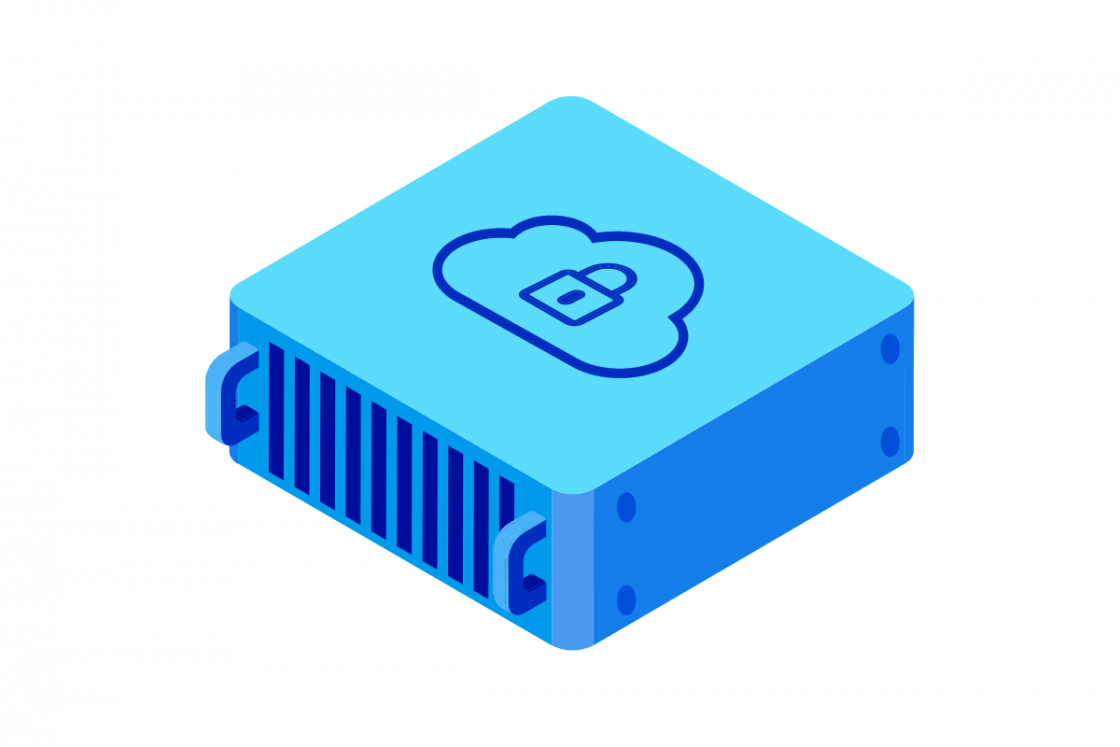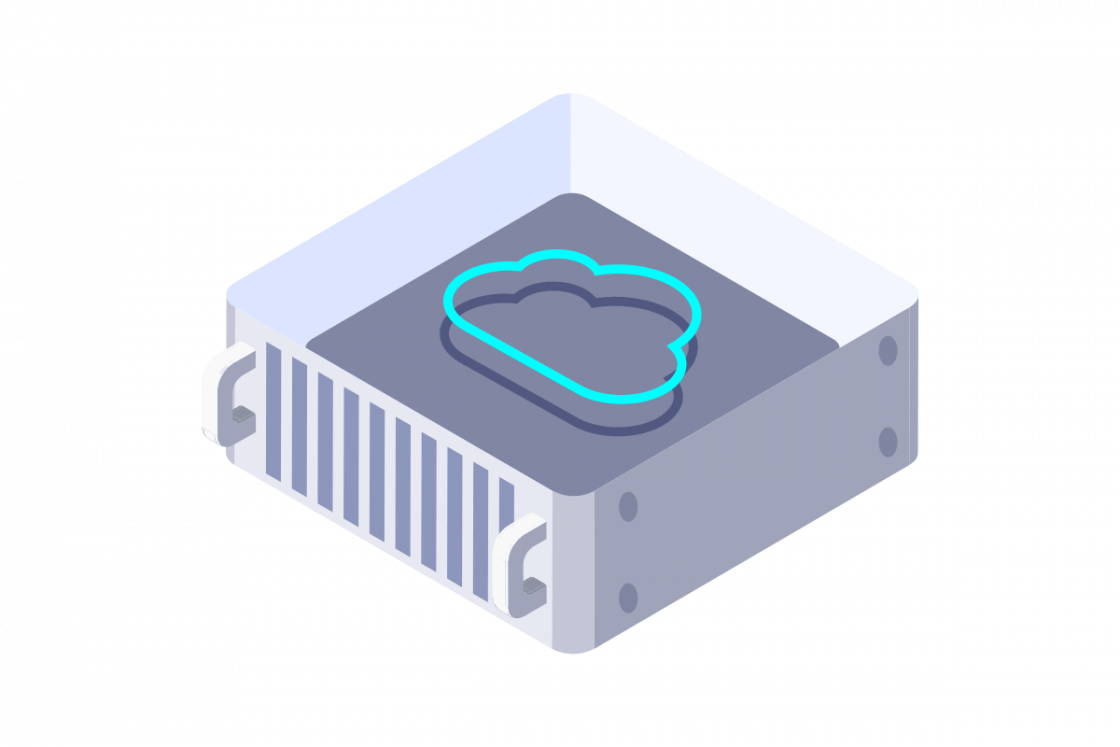What is Storage Area Network (SAN)?
A Storage Area Network (SAN) is a dedicated, high-speed network that provides block-level network access to consolidated storage. Essentially, it's a specialized network designed to connect servers to storage devices, allowing many servers to share a pool of storage as if it were locally attached.

Understanding Storage Area Networks (SANs)
What is a SAN and How Does It Work?
A Storage Area Network (SAN) is a specialized, high-speed network that interconnects servers (also known as hosts) with shared pools of storage devices for cloud computing. Think of it as a separate network existing alongside your local area network (LAN), but its sole purpose is to handle storage traffic.
The key characteristic of a SAN and its devices is that it provides block-level access to storage. This means that to the operating system of a server connected to the SAN, the storage appears as if it's a locally attached hard drive, even though it's physically located elsewhere on the network.
- Detached storage: Instead of each server having its own dedicated internal or directly attached storage, a SAN centralizes storage resources.
- Requesting data: When a server needs to read or write data, its operating system sends a block-based access request. This request is packaged by a Host Bus Adapter (HBA) in the server.
- SAN fabric: The request travels over the SAN fabric, which is made up of dedicated switches and (often) fibre optic cabling (though Ethernet-based iSCSI SAN devices also exist). These switches route the request to the appropriate storage device.
- Storage system access: The storage system (e.g., a disk array or flash array) receives the request, processes it, and accesses the specific data blocks.
- Data return: The storage system sends the data (for a read request) or a confirmation (for a write request) back through the SAN fabric to the server.
- LUNs (Logical Unit Numbers): Storage array devices typically present storage to servers in the form of LUNs. A LUN is essentially a logical disk carved out from the shared pool of storage. Servers can then format and use these LUNs as if they were local disks.
- Zoning and masking: To control which servers can access specific LUNs, SANs use techniques like zoning (configured on SAN switches to create specific paths between devices) and LUN masking (configured on the storage array to make LUNs visible only to designated servers). This ensures data security and integrity.
The result is a highly efficient system where multiple dedicated servers can access shared storage resources, simplifying management, improving utilization, and enabling advanced storage features.
Core Components of a Storage Area Network
A functioning SAN relies on several key hardware and software-defined storage components working in concert:
- Host Bus Adapters (HBAs): These are interface card devices installed in the servers that connect them to the SAN fabric. For Fibre Channel SANs, these are Fibre Channel HBAs. For iSCSI SANs, standard Network Interface Cards (NICs) can often be used.
- SAN switches: Similar to Ethernet switches in a LAN, SAN switches are the backbone of the storage network. They connect the servers (via HBAs) and the storage systems, creating the "fabric" of the SAN protocol.
- Storage arrays: These are the devices that actually store the data. They can range from traditional disk arrays (using hard disk drives, often configured with RAID for performance and redundancy) to modern all-flash arrays (using solid-state drives for much higher performance).
- Cabling and interconnects: The physical links that connect the components. In Fibre Channel SANs, this typically involves fibre optic cables and transceivers (like SFPs) capable of high-speed data transmission. For iSCSI SANs, standard Ethernet cabling (e.g., Cat 6 or higher) and Ethernet transceivers are used, often with dedicated network infrastructure to ensure performance.
- Management software: This software is crucial for configuring, managing, monitoring, and provisioning the SAN protocol. It allows administrators to create LUNs, set up zoning and LUN masking, monitor performance, manage capacity, and troubleshoot issues within the SAN environment. This software can reside on a dedicated management server or be integrated into the storage arrays or switches.
Advantages of Using a SAN
Implementing a Storage Area Network (SAN) offers numerous benefits that address common challenges in data management, performance, and protection. By centralizing storage into a dedicated network, organizations can unlock significant operational efficiencies and technical capabilities.
Scalability for Growing Data Needs
One of the most compelling advantages of a SAN is its inherent scalability, allowing businesses to seamlessly accommodate ever-increasing data volumes.
Unlike traditional direct-attached storage devices where capacity is tied to individual servers, SANs enable storage to be added and allocated independently as a shared resource. New storage arrays can be integrated into the SAN fabric, or existing ones expanded, without disrupting server operations or requiring downtime.
High Performance and Reliability
SANs are engineered to deliver high performance and robust reliability, crucial for mission-critical applications and data-intensive workloads.
By creating a dedicated network for storage traffic, often using high-speed protocols like Fibre Channel or optimized iSCSI, SANs offload storage I/O from the main LAN, significantly reducing network congestion and latency. This results in faster data access and improved application responsiveness.
Enhanced Data Security
Centralizing data within a SAN provides a more robust framework for implementing and managing data security measures.
SANs offer sophisticated access control mechanisms such as zoning for devices, which occurs at the switch level to create isolated paths between specific servers and storage LUNs, and LUN masking, which is configured on the storage array to ensure that only authorized host servers can detect and access specific logical drives.
Use Cases for Storage Area Networks
Storage Area Networks (SANs) are versatile and powerful, making them suitable for a wide array of demanding IT environments. Their core strengths in centralization, performance, and advanced data management features address critical needs across various enterprise applications.
Supporting Business Continuity and Disaster Recovery
SANs play a pivotal role in robust business continuity and disaster recovery (BCDR) strategies. By centralizing data, backup processes become significantly more efficient and manageable, allowing for consistent data protection across multiple servers.
Advanced SAN features like snapshotting enable near-instantaneous point-in-time copies of data for rapid operational recovery from logical errors or data corruption.
Optimizing Enterprise IT Infrastructures
Enterprises leverage the SAN protocol to optimize their IT infrastructures by improving storage devices’ utilization, simplifying edit efforts and management, and enhancing overall system performance.
By pooling storage resources, SANs eliminate the common issue of stranded, underutilized capacity often found in direct-attached storage (DAS) environments, leading to better resource allocation and reduced storage TCO.
Integrating with Cloud and Virtualized Environments
SANs are a foundational technology for modern virtualized datacenters and cloud integration.
Virtualization platforms heavily rely on shared storage to enable advanced features such as live migration of virtual machines (VMs) between physical hosts without downtime (e.g., vMotion, Live Migration), automated high availability (HA) failover, and fault tolerance. A SAN provides the necessary robust, high-performance, and scalable shared storage backend that these dynamic virtual workloads demand.
SAN vs NAS: Understanding the Differences
While both Storage Area Networks (SANs) and Network Attached Storage (NAS) provide networked storage solutions, they operate on fundamentally different principles and are suited for distinct use cases. Understanding these differences is crucial for choosing the right storage architecture for your needs
Storage Technologies Compared
The core distinction between SAN and NAS lies in how they present read and write storage to servers and the protocols they use.
- SAN (Storage Area Network): A SAN provides block-level access to storage. This means servers connected to a SAN see the storage as if it were locally attached raw disk volumes (LUNs). Servers can then format these LUNs with their own file systems. SANs typically use high-speed protocols like Fibre Channel (FC) or iSCSI (which runs over Ethernet) and operate on a dedicated network, ensuring high performance and low latency, isolated from regular LAN traffic.
- NAS (Network Attached Storage): A NAS device, on the other hand, provides file-level access to storage. It's essentially a dedicated file server. Users and servers access data on a NAS as files and folders through standard network file-sharing protocols like NFS (Network File System) for Unix/Linux systems or SMB/CIFS (Server Message Block/Common Internet File System) for Windows.
In essence, a SAN is like adding a read and write hard drive to your server (albeit over a network), giving the server full control over the file system. A NAS is like accessing a pre-formatted shared folder on another computer on the network.
When to Choose SAN Over NAS
Choosing a SAN over a NAS is typically driven by specific read and write performance, application, and infrastructure requirements. A SAN is generally the preferred solution in the following scenarios:
- High-performance, low-latency applications: If you're running applications like large transactional databases (e.g., SQL Server, Oracle), enterprise resource planning (ERP) systems such as SAP server, or high-end video editing suites that demand extremely fast, low-latency access to storage blocks, a SAN's architecture is better suited. The block-level access and dedicated network minimize overhead and deliver superior I/O performance.
- Demanding virtualization deployments: For extensive server virtualization with platforms, a SAN provides the robust, high-throughput shared storage necessary for advanced features such as live VM migration (vMotion/Live Migration), High Availability (HA), and Fault Tolerance (FT). These features rely on all hosts having concurrent block-level access to VM disk files.
- Booting servers from shared storage (Boot from SAN): SANs allow servers to boot their operating systems directly from the networked storage, ideal for virtual desktop infrastructure (VDI). This enables diskless servers, simplifying server hardware, speeding up provisioning, and improving disaster recovery for server failures.
In summary, if your primary need is high-speed, block-level access for critical applications and extensive virtualization, and you have the budget and expertise for a more complex infrastructure, a SAN is the way to go so you don’t need to edit your solution later.
For simpler file sharing, general data storage, and less I/O-intensive applications, a NAS often provides a more cost-effective and easier-to-manage solution.
SAN Architecture and Technologies
Understanding the underlying architecture and the technologies that power Storage Area Networks (SANs) is key to appreciating their capabilities in modern IT environments. These include the fundamental way they handle data and the evolving software approaches that enhance their flexibility and management.
Block Storage vs File Storage in SANs
SANs are fundamentally built to provide read and write block storage. This means data is stored and accessed as fixed-size blocks, much like sectors on a hard drive. Servers connect to the SAN and see these storage resources as raw, unformatted disk volumes (Logical Unit Numbers or LUNs). The server's operating system then formats these blocks with its own file system (e.g., NTFS, ext4, VMFS) to organize and manage files.
This direct block-level access is highly efficient for databases and applications requiring rapid I/O operations. In contrast, file storage (as provided by NAS) presents data as files and folders already organized within a file system managed by the storage device itself, accessed via file-sharing protocols. While some unified storage systems can offer both, a pure SAN's core function is delivering these raw storage blocks.
Software-Defined Storage and Virtualization
Modern SAN environments increasingly leverage Software-Defined Storage (SDS) and storage virtualization to enhance the ability to edit storage, efficiency, and management. SDS decouples the storage software—which manages provisioning, data protection, and other services—from the physical storage hardware.
This allows for greater hardware choice, centralized control over diverse storage assets, and automation of storage tasks.
Storage virtualization, often a component of SDS, abstracts the physical storage capacity from multiple SAN storage arrays into a unified pool.
This simplifies administration by providing a single management interface, improves resource utilization, and can enable advanced features like seamless data migration and automated tiering between different types of read and write storage (e.g., SSDs and HDDs) within the SAN, all transparently to the connected servers.
Frequently Asked Questions (FAQ)
What does SAN stand for?
SAN stands for Storage Area Network. It is a dedicated, high-speed network designed to connect servers to shared pools of storage devices that you can edit as needed.
How does a SAN differ from NAS?
A SAN provides new block-level access to storage, making it appear as local drives to servers, and typically uses protocols like Fibre Channel or iSCSI. In contrast, a NAS (Network Attached Storage) provides file-level access using protocols like NFS or SMB/CIFS over a standard LAN.
What are the advantages of a SAN?
Key advantages of a SAN include superior performance for demanding applications, high scalability to accommodate data growth, centralized storage management, and enhanced data protection and disaster recovery capabilities. It also improves storage utilization and supports features like server clustering.
How does a SAN work?
A SAN works by creating a specialized network that allows multiple servers to access consolidated storage arrays as if the storage were locally attached. Servers use Host Bus Adapters (HBAs) to send block-level data requests through SAN switches to the storage systems.
OVHcloud and SAN
Discover the power and flexibility of OVHcloud solutions. Explore our range of cloud services designed to empower your projects, from scalable public cloud resources to secure and dedicated private environments.

Public Cloud
Whether you're looking to develop, test, or deploy applications, our comprehensive suite of on-demand resources and file storage, including compute instances, storage, and networking, puts you in control whether your site is in English or another language.

Cloud Computing Instances
Get the raw power and performance you need with our Cloud Computing Instances. Part of our Public Cloud offering, these virtual servers provide a versatile and cost-effective solution for a wide array of use cases.

Hosted Private Cloud
For workloads requiring enhanced security, dedicated resources, and business continuity, OVHcloud Hosted Private Cloud offers the perfect solution. Powered by VMware technology, it combines the scalability of the cloud with the isolation of a private environment.